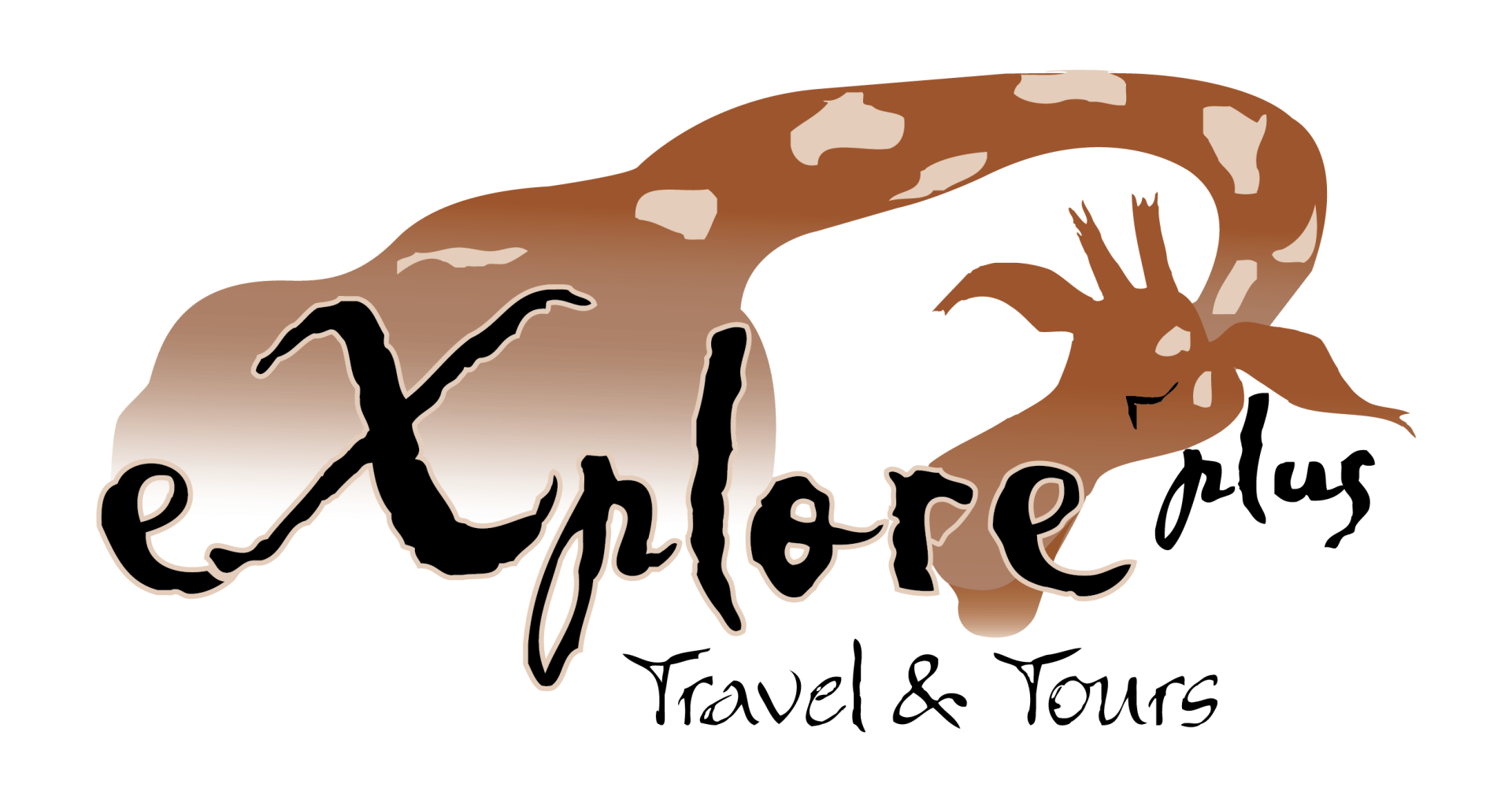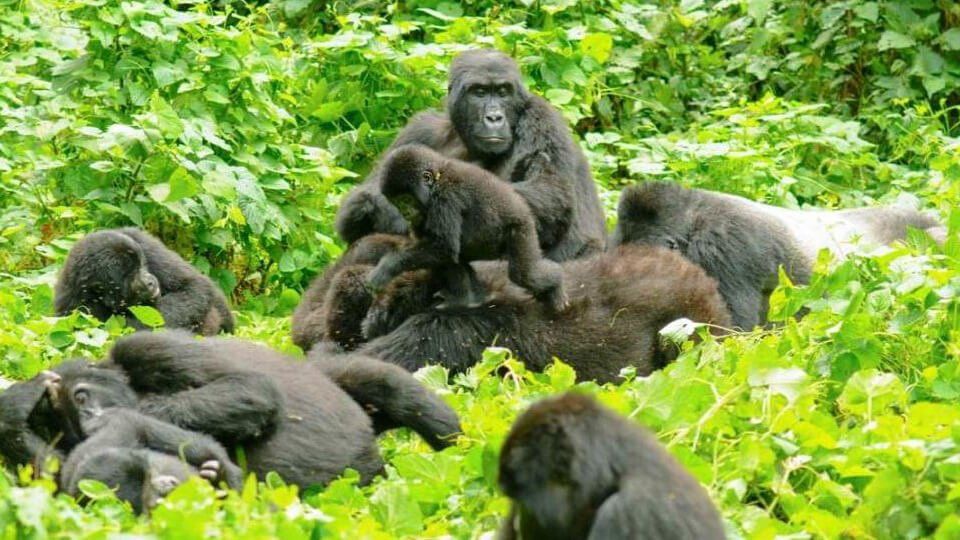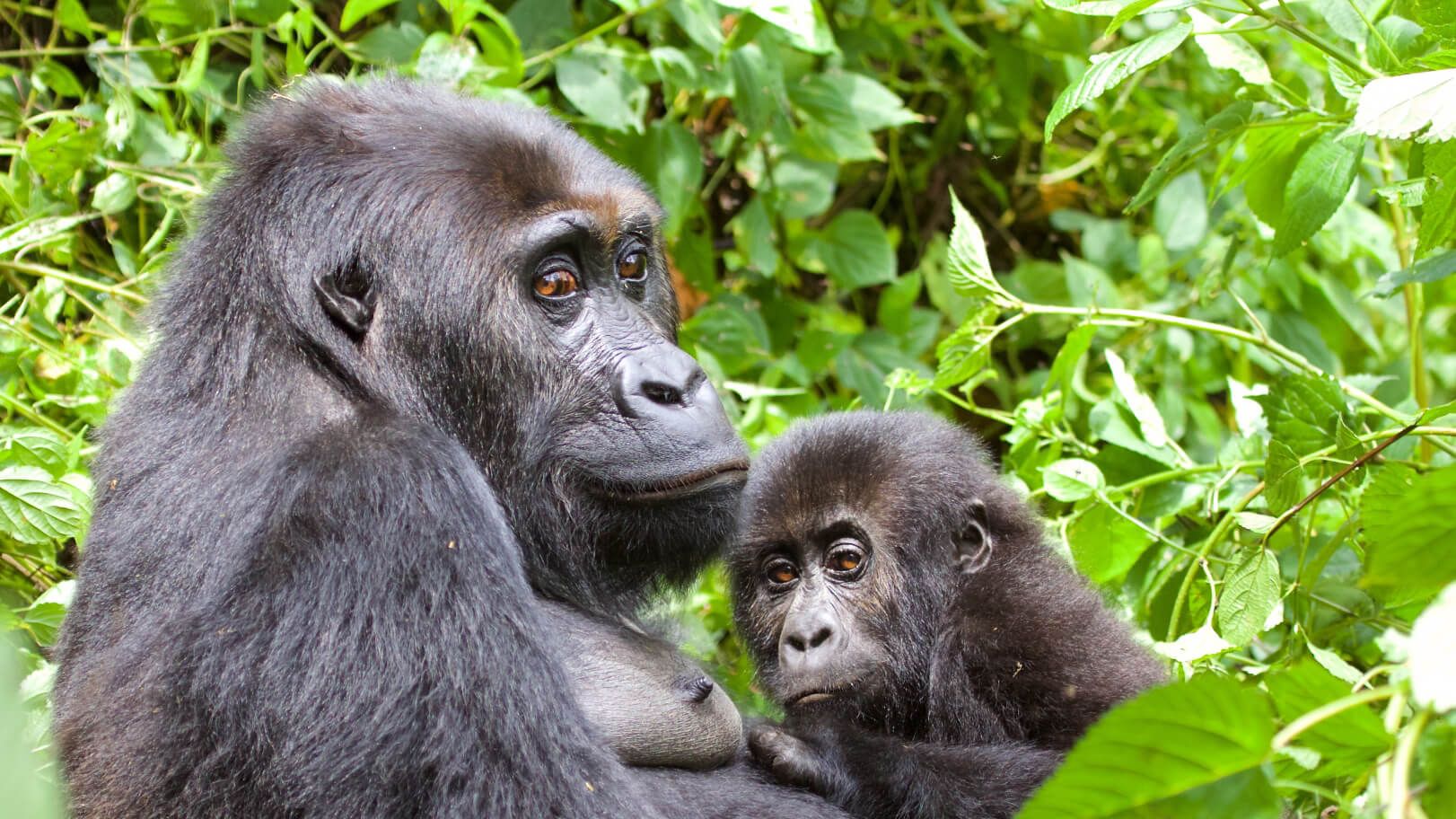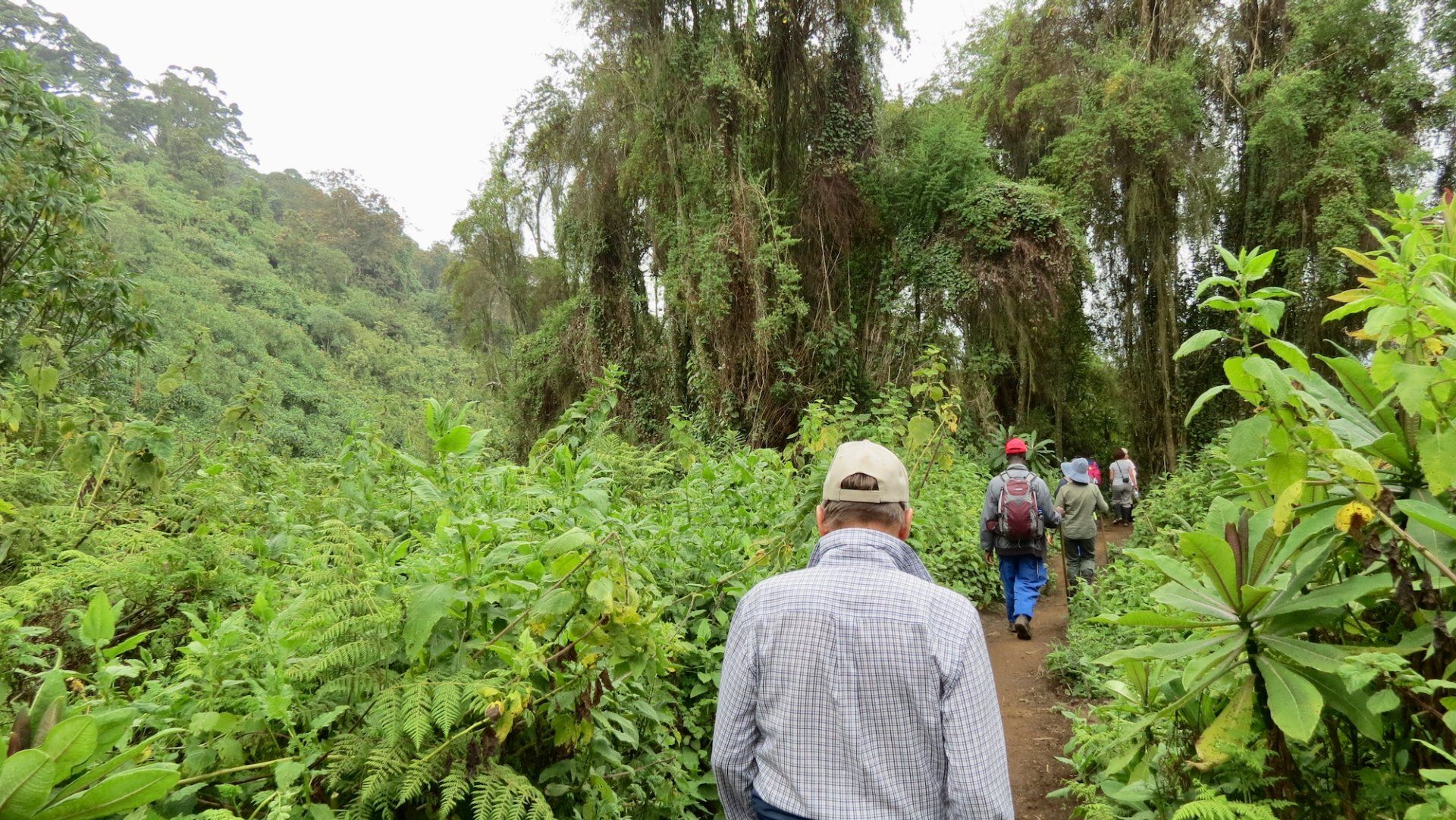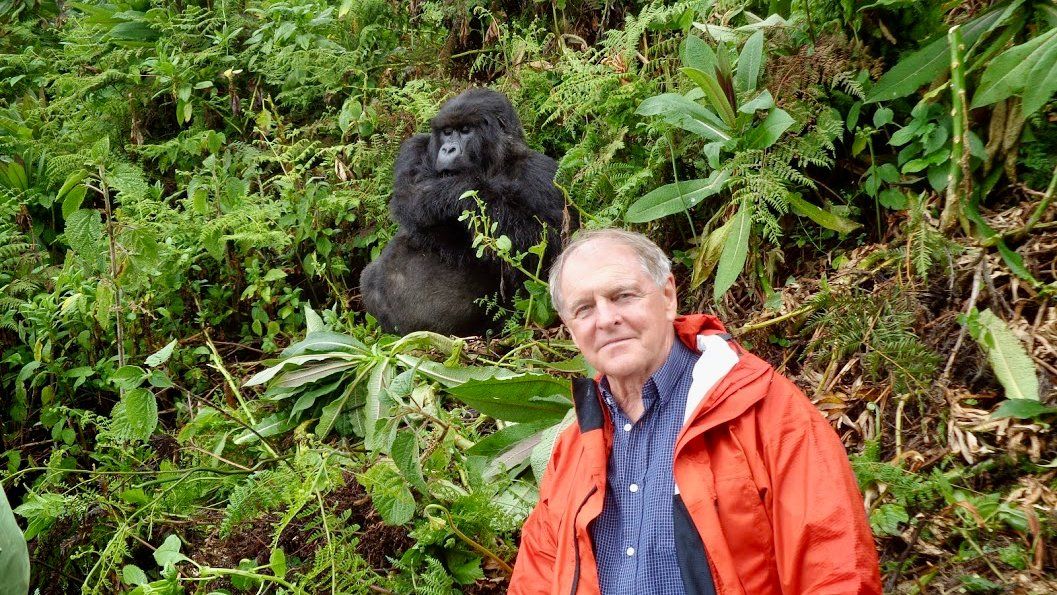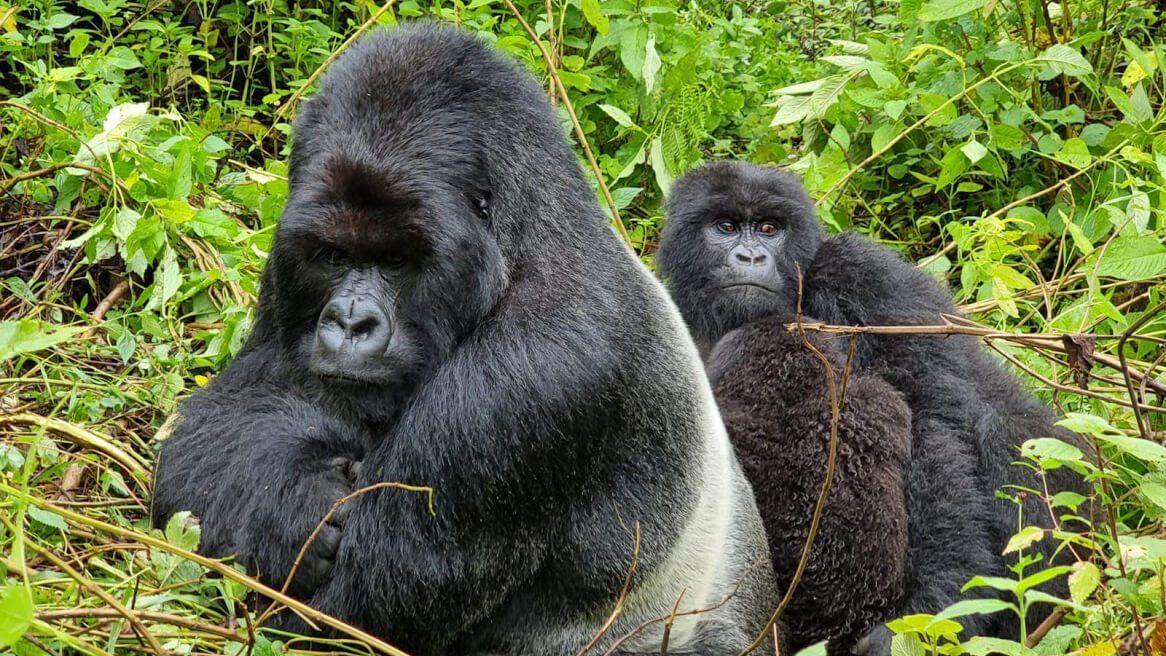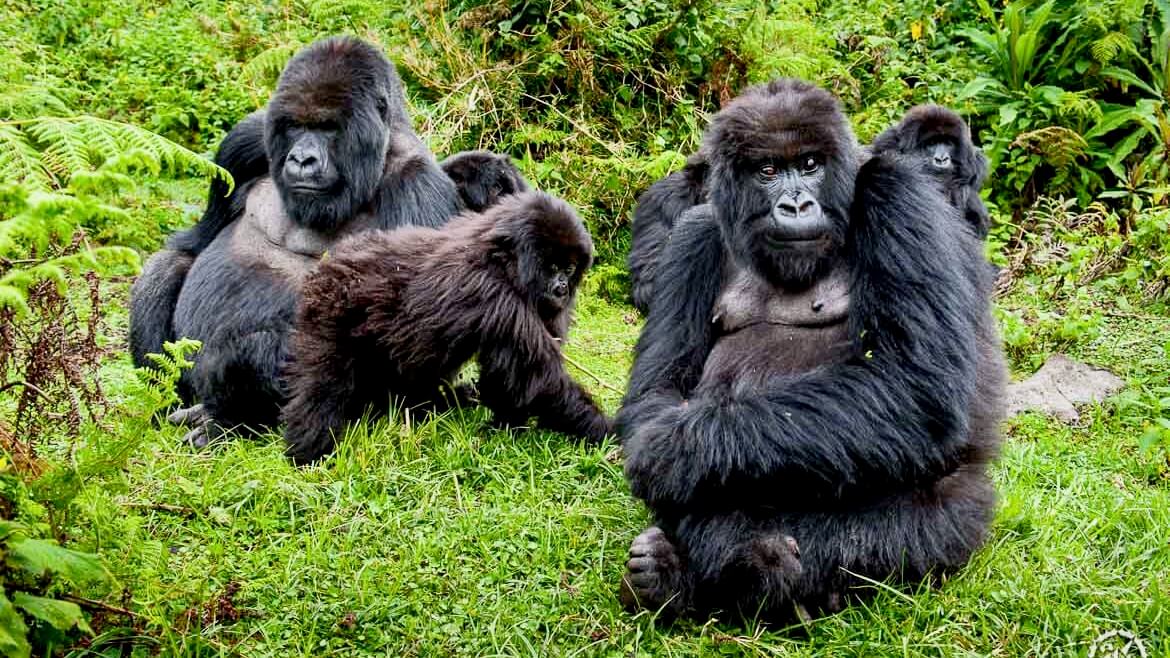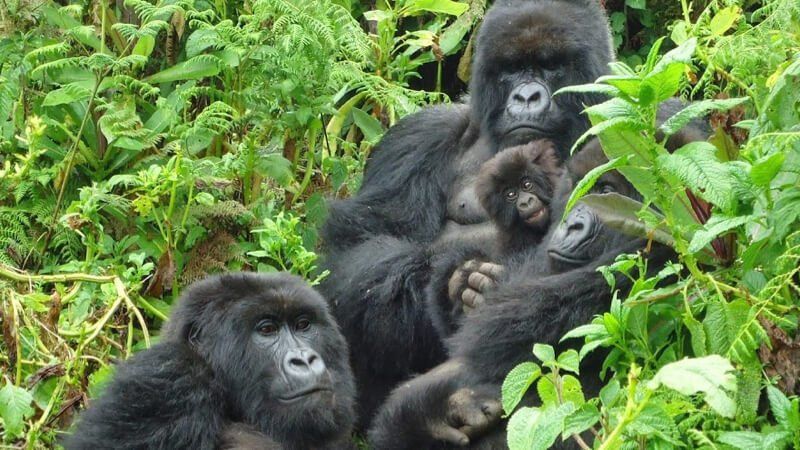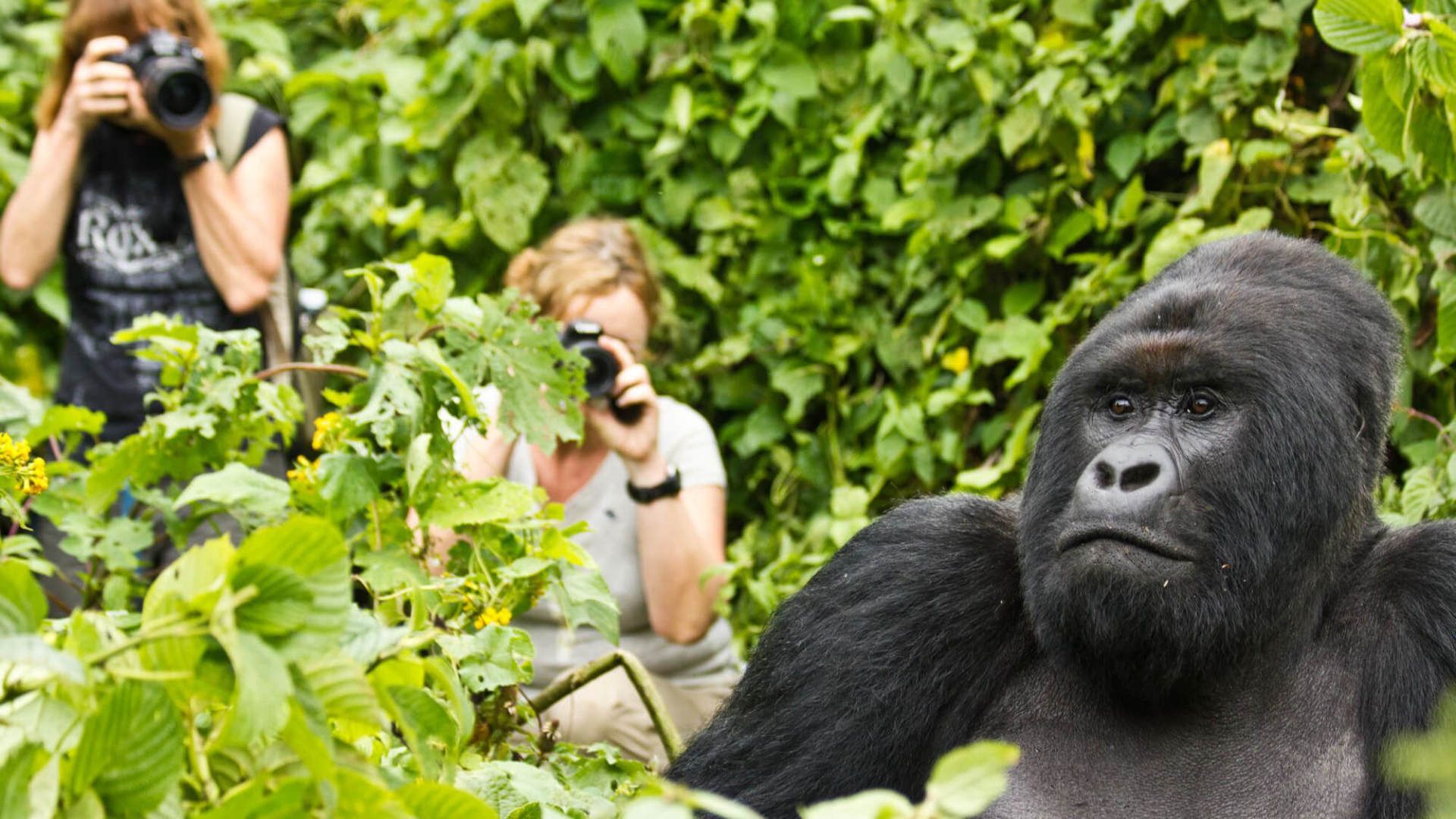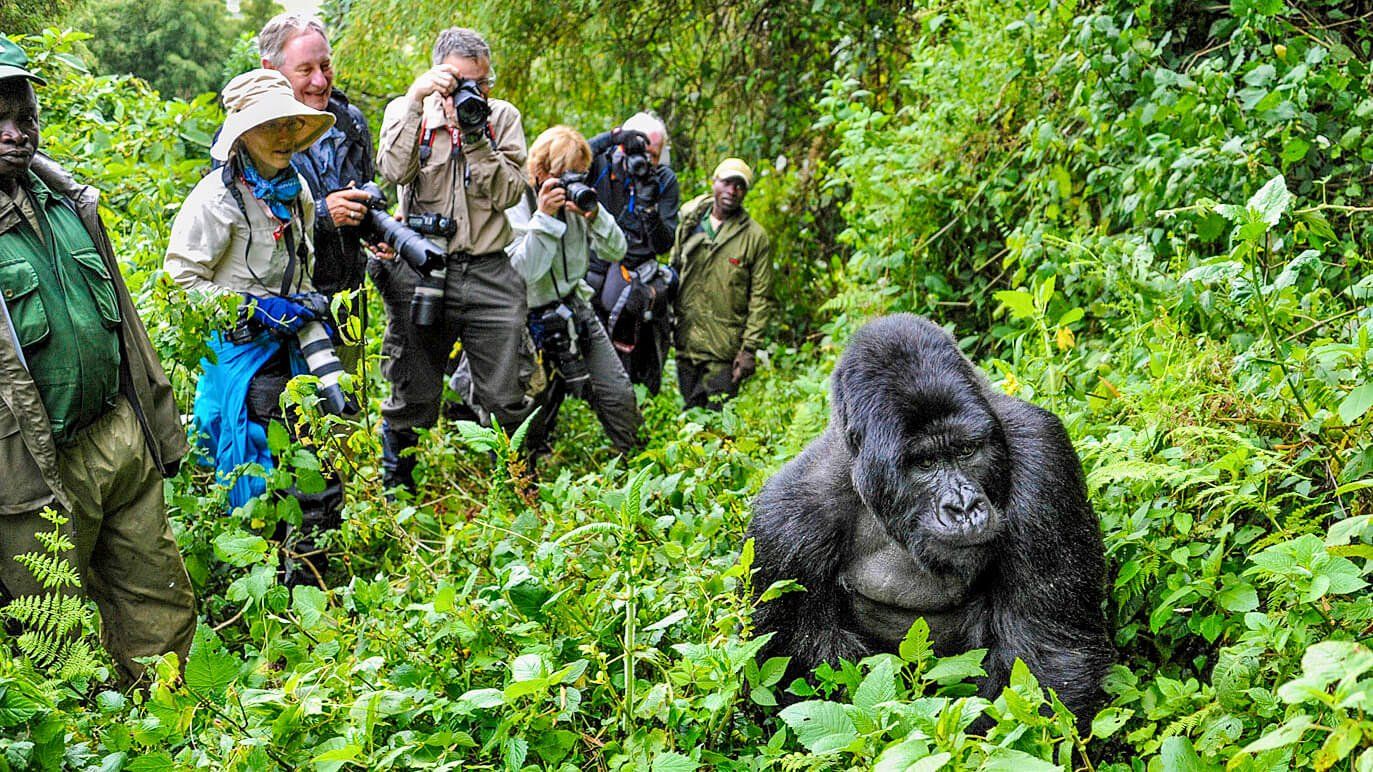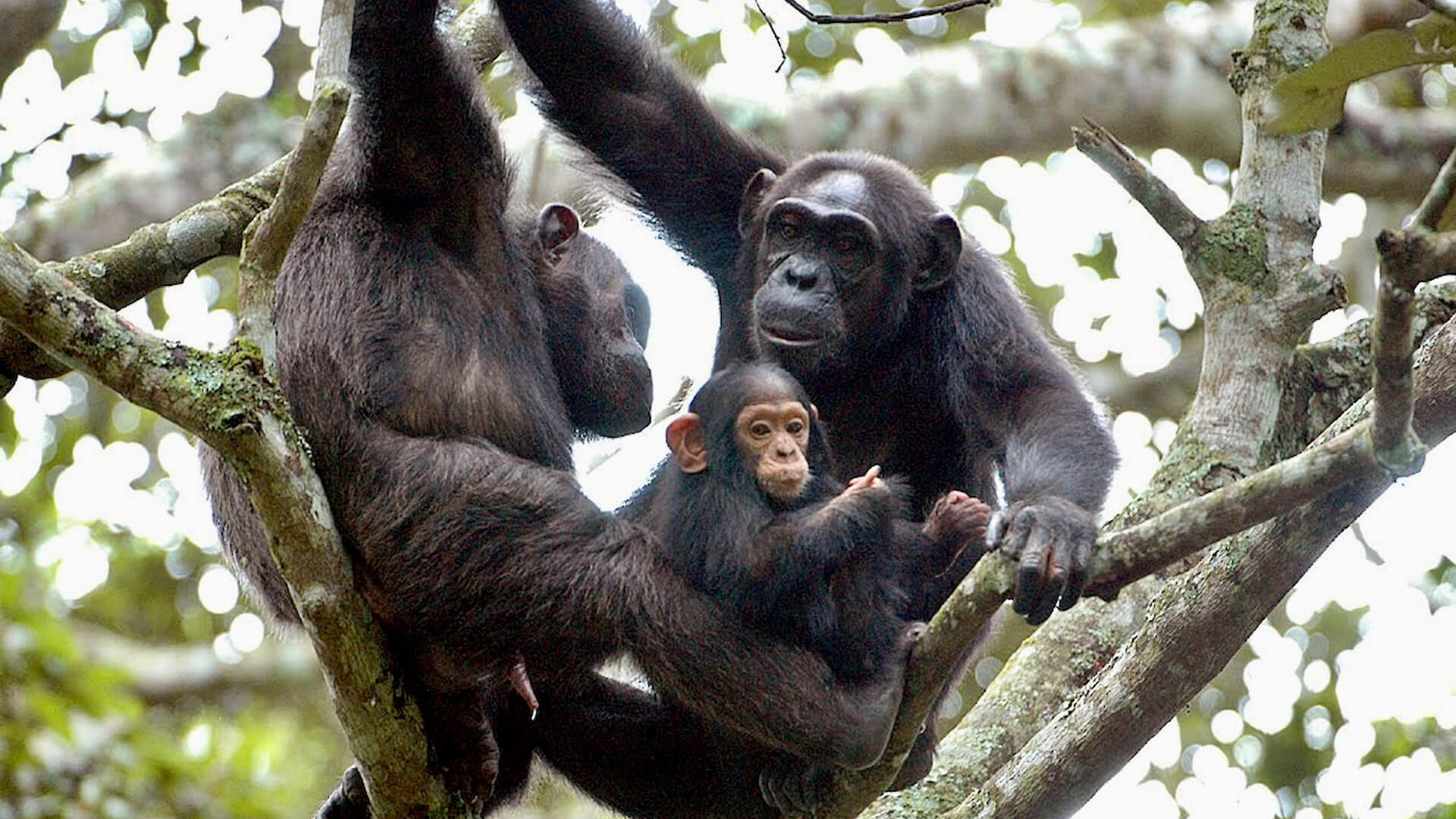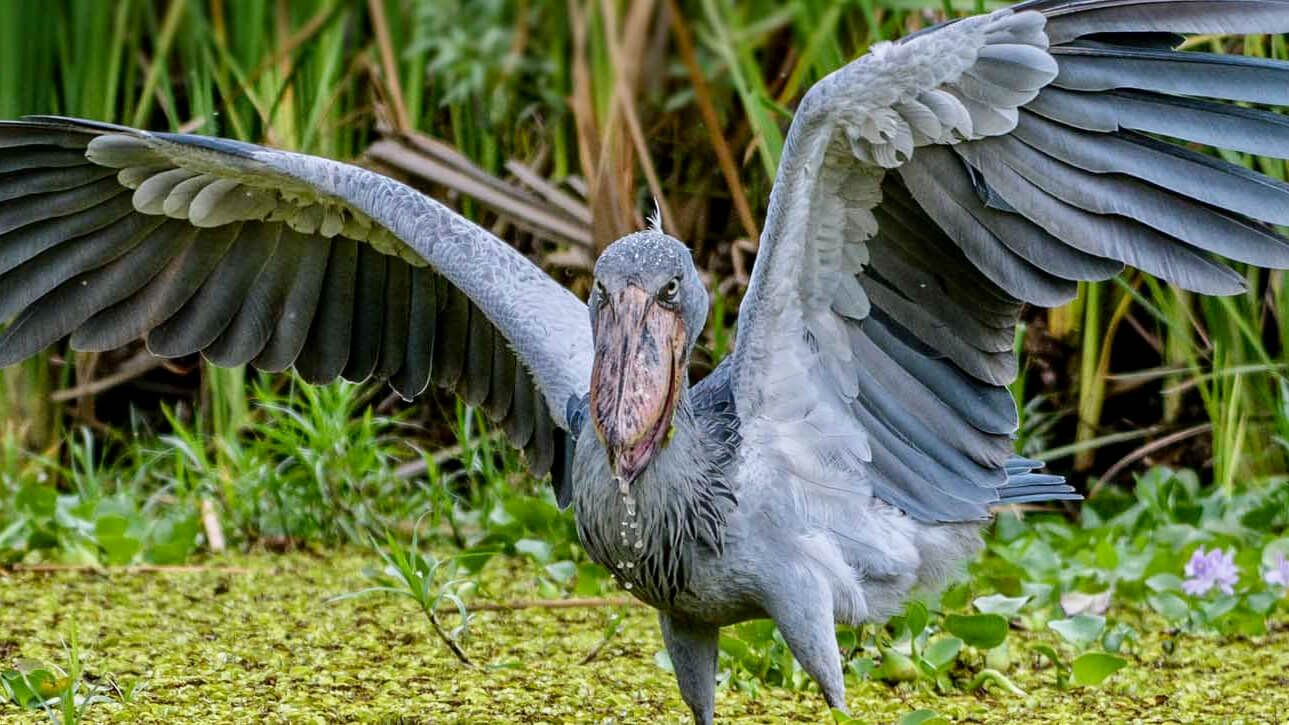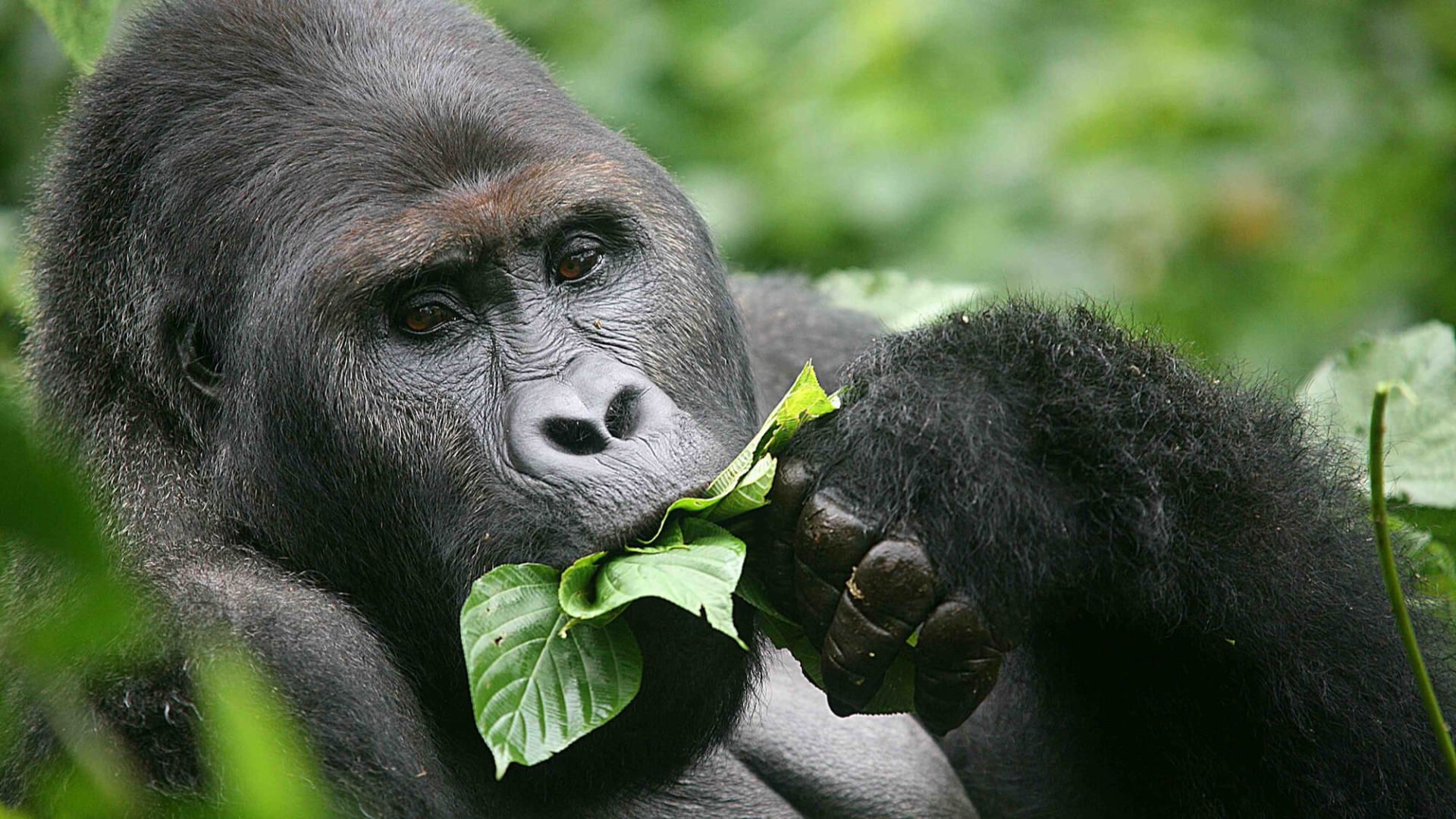Gorilla Trekking
Gorilla trekking is certainly a unique, once in a lifetime wildlife experience not to be missed! A face-to-face encounter with a silverback gorilla in the wild is ranked the best wildlife experience in the world.
Gorillas are by no means tame. They are wild animals and will tolerate human presence for an hour a day at most. Experienced guides will accompany you on your trekking, many of who have been involved in the habituation process themselves. On arrival, these guides will brief you in detail about the various aspects of “gorilla etiquette”, but the main aim is to equip you to make the most of this unique opportunity.
Best places in the world to trek gorillas
Rwanda
The latest census confirmed that over 600 mountain gorillas live in the Virunga complex and reside on the altitude range of 2 300 to 4 500 meters in the southern area of Virunga National Park in the DRC, the Volcanoes National Park in Rwanda and some in Uganda’s Mgahinga National Park.
Volcanoes National park has 19 mountain gorilla families . There are only 10 habituated groups which means, a maximum of 80 gorilla trekking permits are issued per day . For those interested in seeing the gorillas in their natural habitat, Rwanda offers one of the easier locations for gorilla trekking.
When going on Rwanda gorilla tours in the Volcanoes National Park, it is an easily accessible gorilla park located roughly 2 hours and 30 minutes’ drive from Kigali.
The cost of a gorilla trekking permit in Rwanda cost US$1,500.
Uganda
When going to a Uganda gorilla tour, you can trek Mountain Gorillas in two parks, Bwindi Impenetrable Forest and Mgahinga Gorilla National Park, which is home to over 500 mountain gorillas.
There are 17 habituated gorilla families in the Bwindi Forest with 136 gorilla trekking permits available each day. However, if you do not book long in advance the change is very slim that you’ll get permits. Bwindi Forest is divided into four sectors from where guest can trek gorillas - Buhoma in the north, Ruhija in the east and Nkuringo and Rushaga in the south. The cost of a gorilla trekking permit in Uganda cost US$700 as from 1 July 2020.
At Bwindi (only from the Rushaga sector in the South) you can enjoy the gorilla habituation experience in which wild gorillas are habituated to make them familiar with human presence. A gorilla habituation experience permit costs US $1500 and is restricted to a maximum of 4 travellers to spend four hours with the wild gorillas.
Mgahinga Gorilla National Park shelters 2 gorilla families.
The Bwindi Forest and Mgahinga Gorilla National Parks are roughly 5 hour’s drive from the capital of Rwanda, Kigali, which makes gorilla trekking possible even if you have limited time.
DR Congo
Virunga National Park has about 150 mountain gorillas with 8 gorilla families habituated for gorilla trekking. A permit costs $400, making it the most affordable destination to trek gorillas.
Kahuzi-Biega National Park have 8 Eastern Lowland Gorilla families , with 2 gorilla families habituated for gorilla trekking. You can also enjoy the unique experience of gorilla habituation at Kahuzi-Biega where you hike along rangers, researchers and gorilla doctors. The experience is all about familiarising wild gorillas to the presence of human beings. A gorilla habituation experience permit costs US $600 per permit. Currently there are 2 gorilla families that can be visited. It is restricted to a maximum 4 travellers per gorilla family, spending four hours with the wild gorillas.
